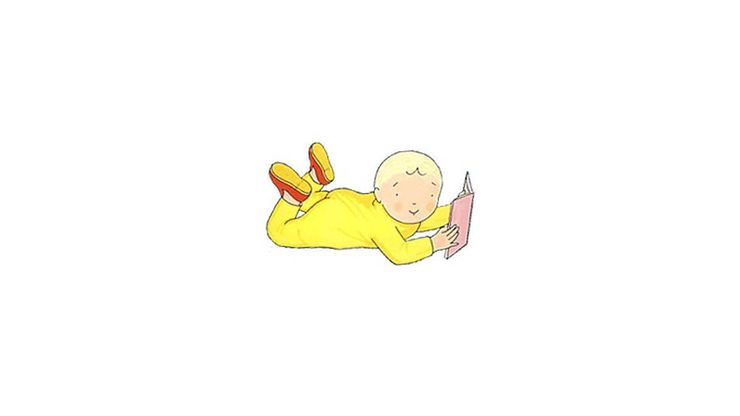Learn to Read
By Rod Campbell

Introducing books early to young children is an enormous help in starting to learn how to read. Reading aloud while looking at a book makes the connection between the sounds of language and the written marks on the page, which is the start of the learning to read process. Also, babies and toddlers come to realise that there is a world inside the book to which they can return, and experience the same pleasure over and over again. The book/parent/child relationship is special and offers a time of shared comfort, pleasure, and intimacy, provoking conversation, questions, and development of the imagination. And of course it can start a habit which will last a lifetime!
Here are a few pointers for parents who want to introduce their preschool child to books but are not quite sure how to go about it. It is mostly common sense and will serve as a sound preparation for learning to read.
1. Find a quiet time during the day, or evening, when you can spare some time (10-15 mins)with your child to share a book. Choose a time when there won’t be interruptions, and you are feeling calm and unstressed! Try to make it a regular event.
2. Choose a book appropriate to your child’s age (ask for advice in bookshops if you are not sure what to buy), with a simple text and clear, unambiguous pictures, and read it together.
3. For the youngest this may consist of you pointing to the single word on the page and saying the word aloud, then pointing to the image. Encourage the child to say the word too, but don’t insist. Praise their attempts even if they are not quite right. The child will soon know all the words by their sounds – this is how we learn to speak after all! Talk about the images – is the cat big, small, black, fluffy etc. What is it doing? Conversation helps to develop language, which is vital for pre-readers. The child will probably want to ‘read’ the book again and again. This is a good sign – be patient!
4. For slightly older pre-readers the story should be quite simple with one phrase or sentence per page and clear pictures. Read the text aloud while pointing to the words on the page. After several readings, you will find that the child may have memorised the text, and will even anticipate the next page, especially if the text has repeating or rhyming sentences. They often love to pretend that they are in fact reading! While reading, allow the child to ask questions, and talk about what is happening, and why. Encourage conversation. Ask questions yourself - this is really important. Try to relate the story to the child’s own world – do you have one like that, are your shoes that colour etc. Let the conversation roam. You may find that the child will probably want to go through the book more than once. Parents can find this boring, but remember, for the child each time is like the first time and they want to enjoy the story again. Sharing a book together should be fun for you both and a wonderful time of shared intimacy.
5. You will find that your child will look forward to these story times and will often return to old favourites. It is good idea to read a longer story from time to time without pointing to the words, but stopping to discuss the pictures if the child wants to. Choose a variety of different stories and rhymes to read aloud.
6. Give lots of praise and encouragement – confidence grows from this.
7. Show the child how to treat his books gently, turning the pages with care.
8. ABOVE ALL, make the child’s contact with books an enjoyable experience!